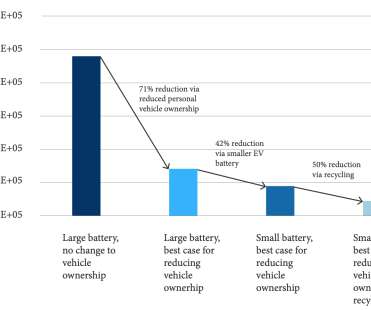Study calls for reduction in car ownership, battery size and vehicle dependency to limit environmental impact of surging lithium demand
Green Car Congress
JANUARY 25, 2023
Annual lithium demand reduction for us passenger transport as a function of best and worst cases for future vehicle ownership rates, vehicle design, and recycling in 2050. The authors examined four cases of lithium mining: Argentina, Chile, the United States, and Portugal. Riofrancos et al. 2°C of warming.















Let's personalize your content